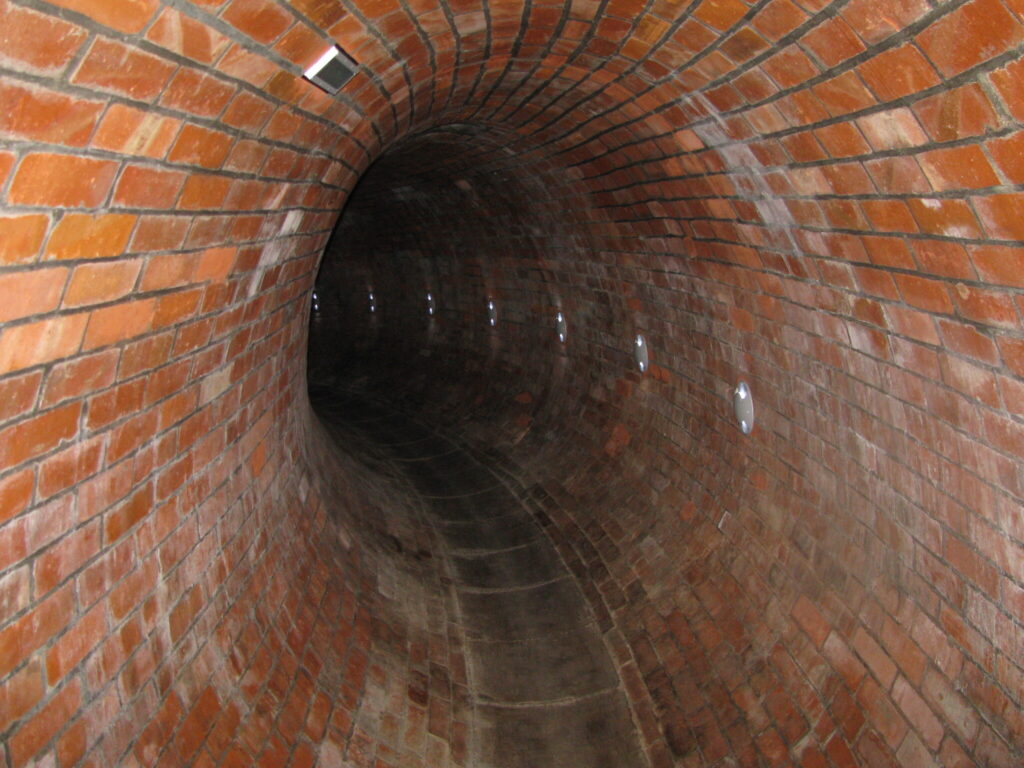Venue
"The city of one street, a hundred palaces and a thousand chimneys"
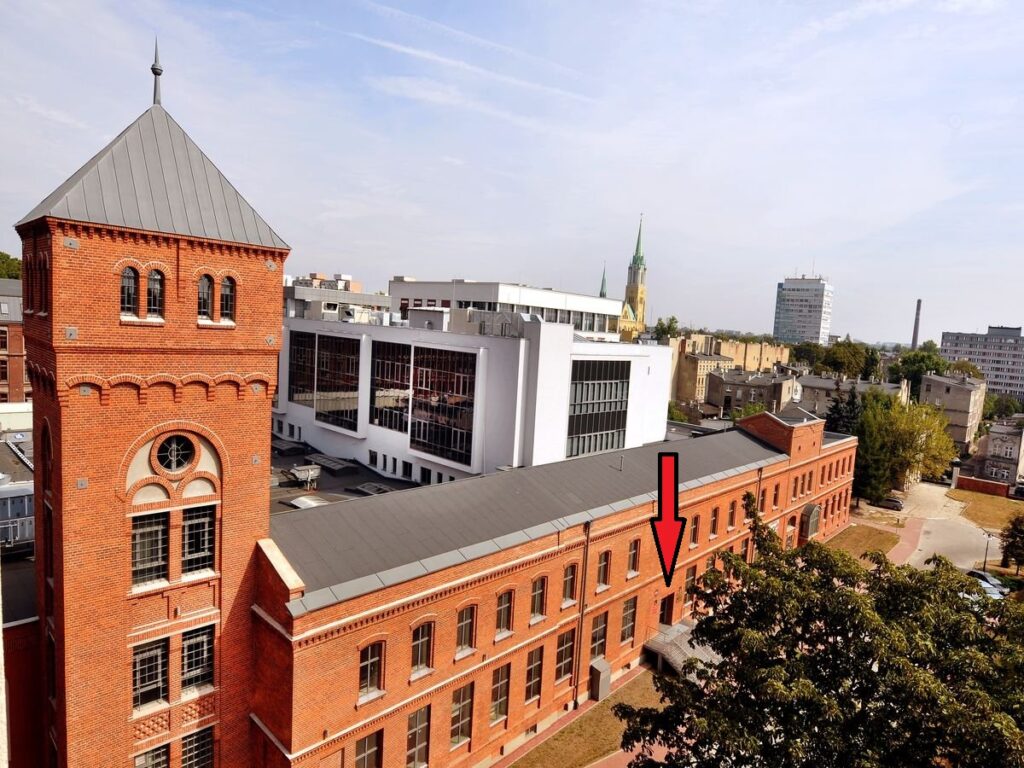
THE CONFERENCE VENUE
The Conference PP-RAI 2023 including: registration, sessions, plenary lectures, panels, coffee breaks and lunches, is held in the building of the Institute of Physics, Lodz University of Technology, ul. Wólczańska 217/221 building B14, 90-005 Łódź, Poland, see the building main entrance on the picture on the left.
The accompanying events are held in the following locations:
Lodz city tour (24.04.2023 18:30-21:00): the tour departs from ul. Wólczańska 217/221 building B14, 90-005 Łódź, Poland (the same as the conference location) and ends at the Klub Spadkobierców, Piotrkowska 77, 90-423 Łódź (where the Conference Raut takes place)
Conference Raut (24.04.2023 21:00-23:00): Klub Spadkobierców, Piotrkowska 77, 90-423 Łódź
Gala Dinner (25.04.2023 19:00-22:00): European Institute, ul. Piotrkowska 262/264, 90-361, Łódź
Information for conference participants arriving by car
It is possible to use the parking lot of the Technical University of Lodz. The entrance to the parking lot is located at al. Politechnik 10. The price for parking is 3PLN per hour on Mondays-Fridays during 8:00-16:00 and 1PLN per hour at other times. The fee is charged after 30 minutes from the moment of entry to the parking lot.
Lodz
Currently, Łódź is a diverse, fascinating, interesting city, full of inspiring stories and unpredictable. Located almost in the center of Poland, called the Polish Manchester, for years it has been attracting tourists with its history, revealing to them its unknown face of a city full of variety, a mixture of many cultures whose representatives left their heritage. In November 2021, Łódź was awarded by the prestigious international magazine National Geographic Traveler in the world ranking “Best of the World 2022” in the category of sustainable development, delighting the organizers with its unique character. The attention to the post-industrial identity and the revitalization of the former factory owners’ heritage, while taking into account the needs of residents and tourists, were appreciated. From one of the most industrialized cities, it has become a liveable, green city that cares about the quality of life of everyone who comes to Lodz.
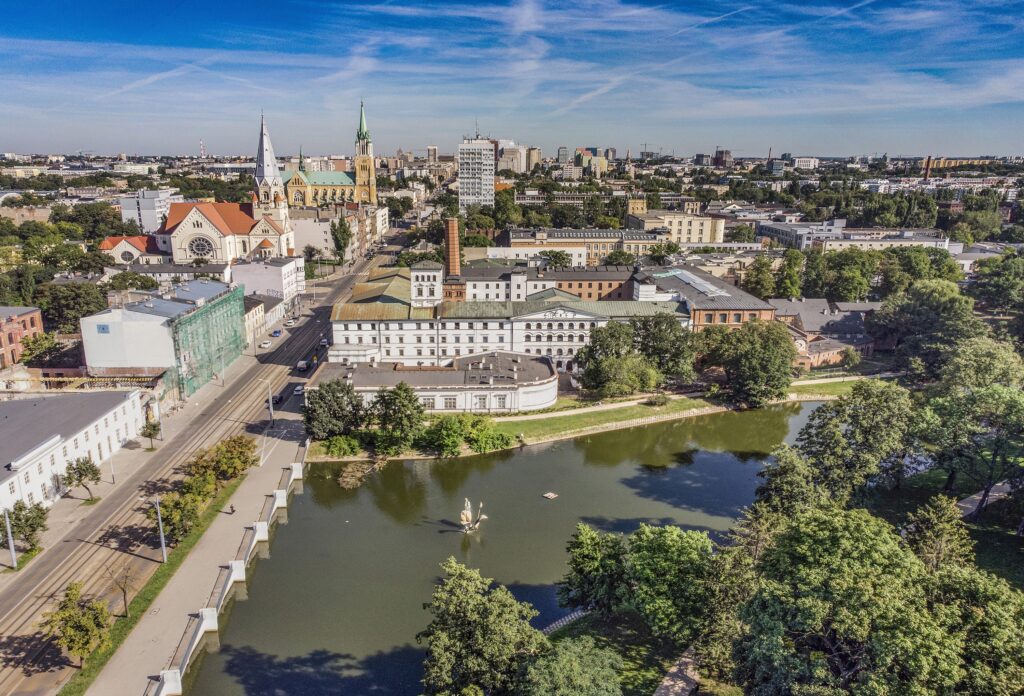
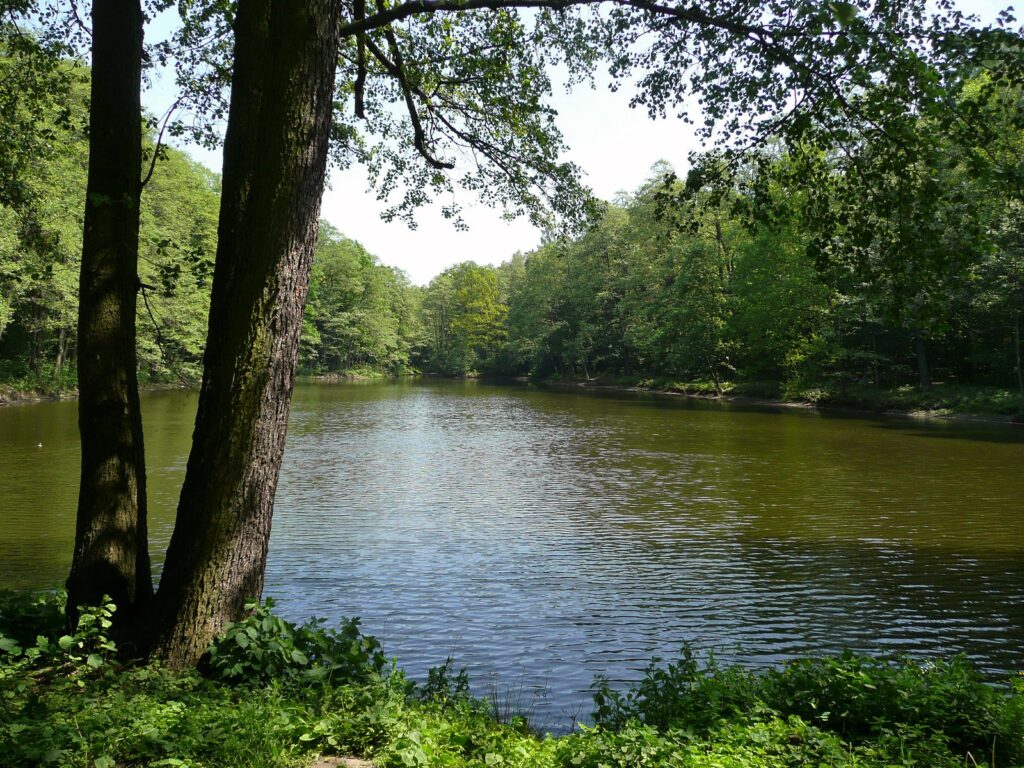
Green Lodz
The Łódź Łagiewnicki Forest is the largest forest complex within city borders in Europe. It has an area of approx. 1,200 ha, it is a remnant of the former Łódź Forest, which existed in this area 200 years ago. In the city there are over 30 parks occupying nearly 1/5 of the city’s area, the Botanical Garden, the Zoological Garden and the largest and most modern Orientarium in Europe, where you can see the fauna and flora of Southeast Asia. In 2024, Łódź will host the Horticultural Expo, the so-called “Green Expo”
Film Lodz
Film Lodz is famous for the only Museum of Cinematography in Poland, and the “Filmówka” in Łódź is a breeding ground for many internationally renowned talents, such as Andrzej Wajda, Roman Polański, Krzysztof Zanussi, Krzysztof Kieślowski, Kazimierz Kutz. In the Walk of Fame, modeled on the Hollywood Walk of Fame, and located on the most famous Piotrkowska Street, you can find 60 stars dedicated to actors, directors, cinematographers and film music creators. Lodz hosts many festivals and international film and cultural events: Transatlantyk Festival, Festival of Four Cultures, International Grafitti Festival, International Triennial of Tapestry
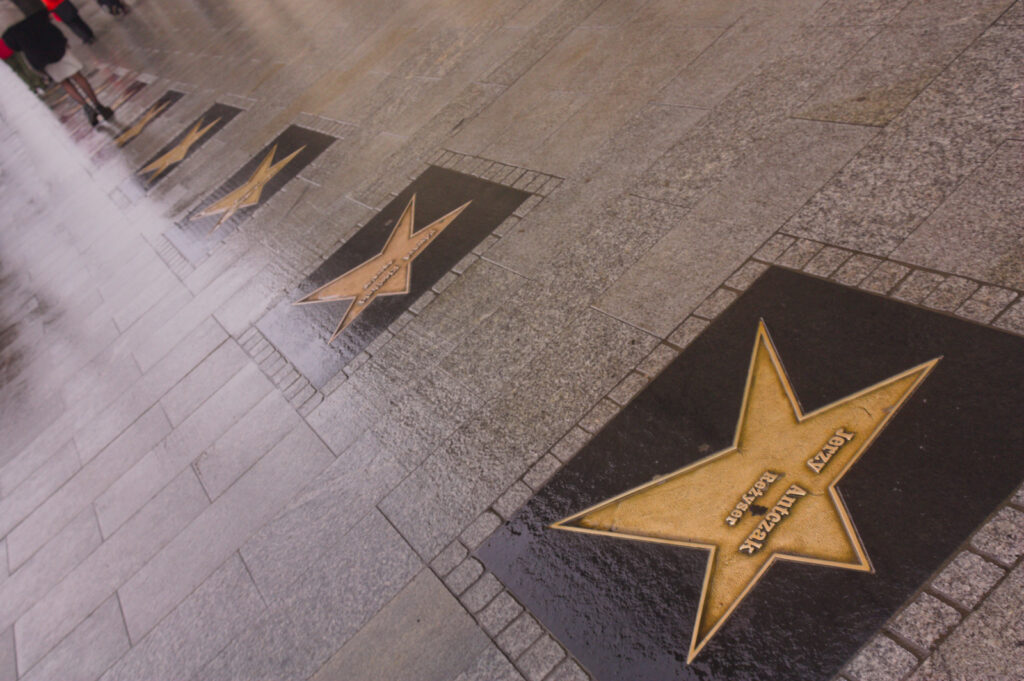
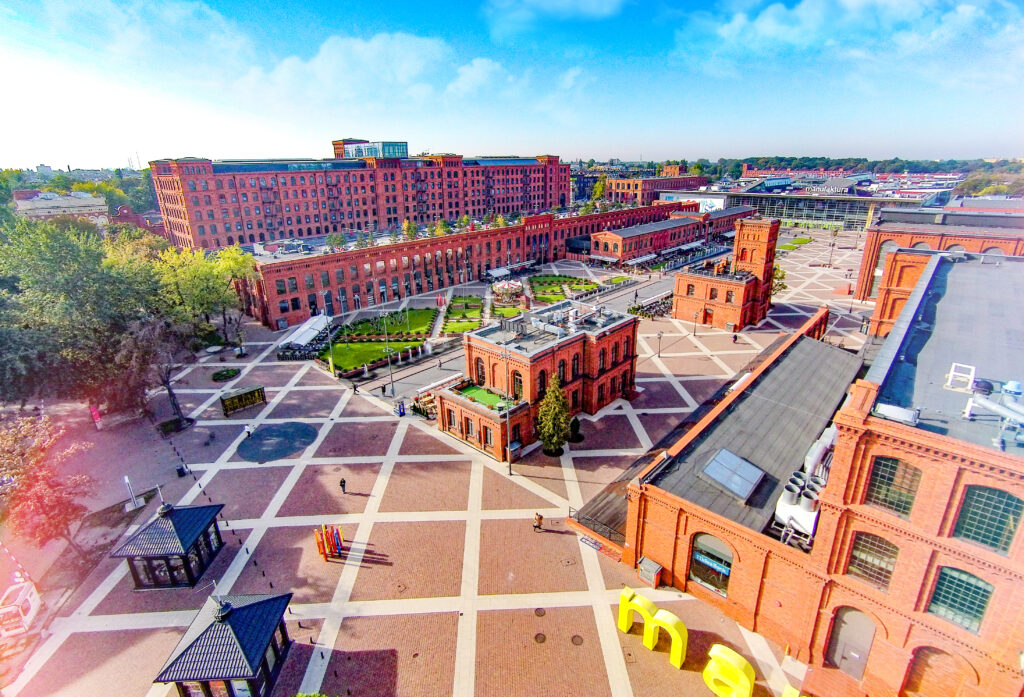
Lodz of manufacturers
Called by Tuwim “Kominogród” (city of chimneys) for many years was one of the most industrialized cities in Poland. At the peak of the industrial development of Łódź, over 600 industrial plants operated, and the first steam engine in Poland was launched in Ludwik Geyer’s White Factory in 1839. Currently, the heritage of the factories plays an important role in the public space, a great example of which is Manufaktura, Lofty at Scheibler’s, buildings of the Lodz University of Technology or Księży Młyn. In addition to post-industrial buildings, there are over 100 beautiful, perfectly preserved palaces and factory owners’ residences in Łódź – e.g. the palace of Izrael Poznański (currently the Museum of the City of Łódź), the palace of Karol Scheibler (currently the Museum of Cinematography) and the Herbsts’ villa in Księży Młyn.
city of rivers
Although we will not see rivers in Łódź, as the name of the city would suggest (Lodz is Polish for boat) , there are still 20 of them in the city, and the total length is 126 km. Many of them are covered with streets, but in the city’s parks you can still see exposed troughs, a testimony to the city’s former textile greatness. Forgotten rivers in the past flowed through the very center of the city – e.g. in the vicinity of ul. Piotrkowska or al. Kosciuszko. All the largest factories were built near them. In Łódź, you can visit the Museum of the Canal – an oval rainwater tank that is a monument of hydraulic engineering from the beginning of the 20th century. Made of red brick, the corridor is over 142 meters long, about 1.5 meters wide and 1.87 meters high, which makes most of the guests can freely walk along it, walking around one of the city’s main squares underground.
